The 2024 RIBA Reinvention Award, Muyiwa Oki, and making reuse ‘more special than ever’
The shortlist for the 2024 RIBA Reinvention Award has been announced today; we caught up with the institute’s president Muyiwa Oki to discuss the honour
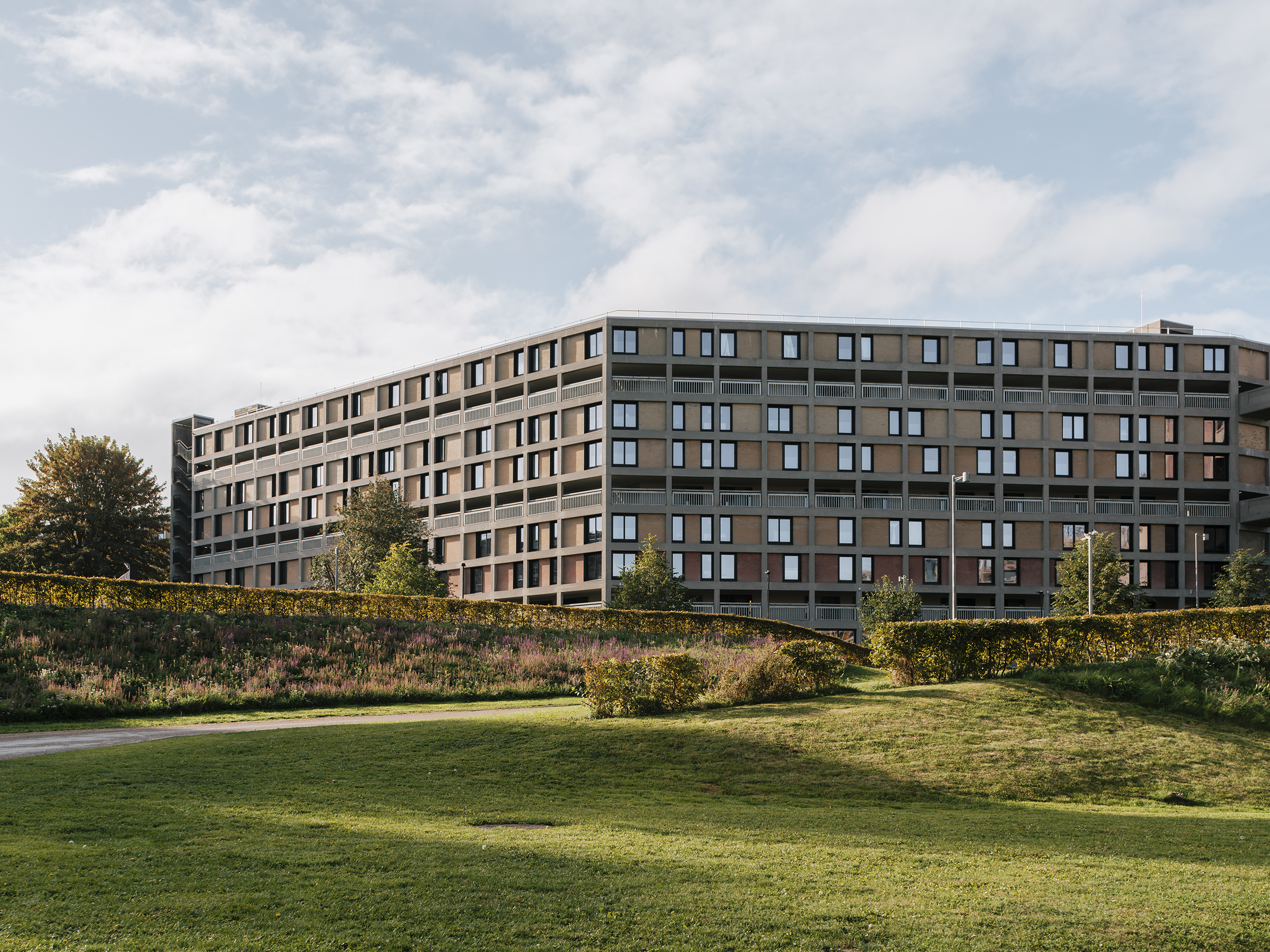
The shortlist for the 2024 RIBA Reinvention Award has just been announced. It puts forward four exceptional projects for the country's top gong when it comes to ambition and excellence in the realm of reuse in architecture.
This accolade was specifically designed to recognise ‘achievement in the creative reuse of buildings to improve their environmental, social, or economic sustainability. It aims to shine a light on “retrofitting”, increasing the longevity and energy efficiency of existing buildings, and reducing the need for demolition and new construction,' the RIBA explains in its statement.
Muyiwa Oki on the 2024 RIBA Reinvention Award and reuse in architecture
With the spotlight on reuse in many ways today, given its critical role in our efforts towards sustainable architecture planning, as well as the UK's ageing, period housing stock, it becomes more timely than ever to talk about the role of building redesign. We caught up with RIBA President Muyiwa Oki to discuss more in an exclusive interview – plus, scroll further down to find out more about this year's shortlist.

RIBA president Muyiwa Oki
W*: What excites you about this particular award? What makes it special?
MO: The shortlist is a spectrum of works across the UK, projects that vary in typology or scale – what speaks to me is that reinvention is not just about façade treatment. It’s about thinking how a building can be used. Look at Park Hill, a brutalist architecture landmark, which has stayed as such, but [the architects behind its reinvention] also looked at how it is used. This reworking has the community at heart so that people can enjoy space. Architecture is about making the built environment easier to use and more compelling.
The whole idea of reinvention is different from the idea of landmarks and listed buildings. Obviously, some buildings need to be protected for the future as heritage, but others are not protected, yet still need to be used for years to come. So, we need a way to bring them into the 21st century.

Houlton School in Warwickshire by van Heyningen & Haward Architects' (vHH) won the inaugural RIBA Reinvention Award 2023
W*: The shortlist this year spans multi-family housing, community spaces, workspace and mixed-use buildings – can reinvention be applied to anything?
Wallpaper* Newsletter
Receive our daily digest of inspiration, escapism and design stories from around the world direct to your inbox.
MO: Yes, anything and everything. My aim is partly to bring balance to this conversation about reinvention against new build. You can be a hugely successful architect if you do only reinvention projects, just as if you did only new projects. And all these important skills are worthy of celebration.
W*: Is this award about celebrating the old and our valuable heritage, or about looking to the future? I see some of the buildings on the shortlist are listed.
MO: It’s a balance. That’s why the criteria are fairly loose. It is about bringing buildings to modern or current use. It’s about how to bring a community, the end user, into the conversation, and reimagining how people will use the [buildings].
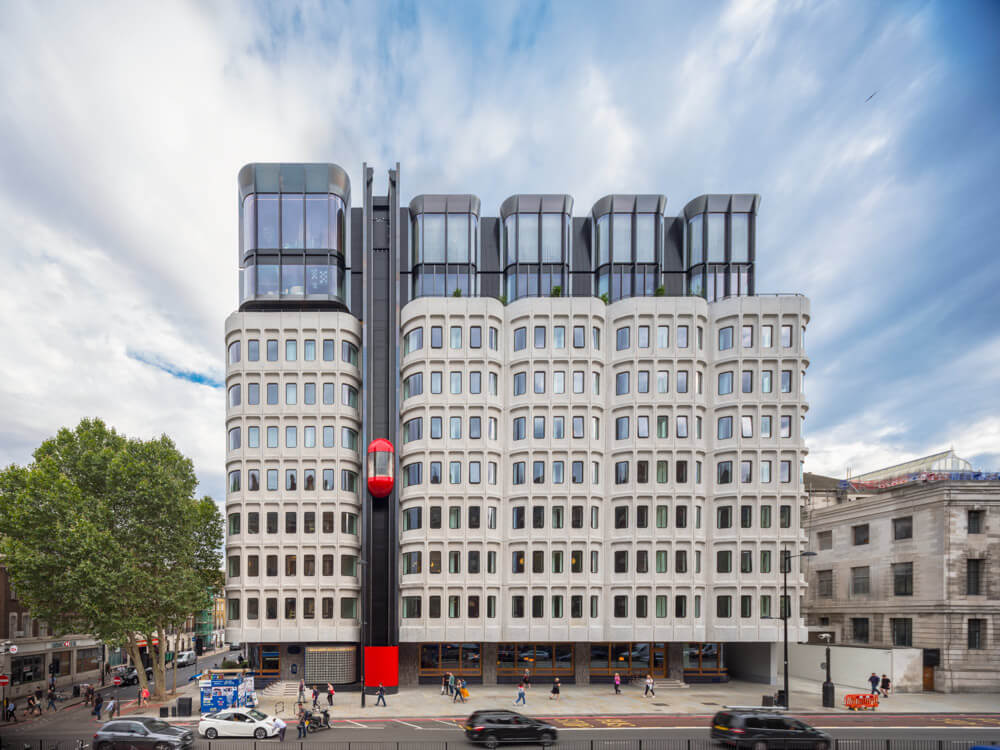
The Standard Hotel, London
W*: Beyond the buildings on the shortlist for this year, what constitutes for you a great example of reinvention?
MO: One thing that pops into mind is The Standard in London. It is a hotel by Orms Architects. I like the way they added the extension to the top and completely transformed it into a centre for London, I go there quite often. It has been a successful way of breathing new life into an old brutalist architecture building and it doesn’t feel out of place either.
W*: Is there a building you’d like to see reinvented in the future?
MO: Obviously, our own headquarters at 66 Portland Place, so watch this space. We are working towards getting it done for our bicentenary in 2034.

66 Portland Place, the RIBA headquarters in London
W*: What would you like to see more of in the architecture world?
MO: Reinvention is necessary but it is not the silver bullet. I’d also like to see more reduction of carbon emissions and look into the different elements of the role of construction. In my day job [Oki works as a senior architectural manager at Mace], for example, we do a lot of research on prefab concrete cassettes and how they can help bring down the overall emissions in a building.
W*: Do you think architects need to be bolder when it comes to reinvention?
MO: Yes – but, for example, in Shrewsbury Flaxmill Maltings, the first iron frame building, the way Feilden Clegg Bradley Studios created a meadow around it increased its usage and [making] it an open-plan office is giving life to a historic building in a subtler way. It tells a story about its past.
It's again about the balance. Over the years and through my education and experience, the most sought-after commissions were about new buildings. But, for example, the reinvention of King’s Cross [London] made a huge difference to its area, and with these projects, you need to take the entire community with you. By having an award that looks specifically at that, we make it even more special and more meaningful than ever.
2024 RIBA Reinvention Award shortlist
Park Hill Phase 2
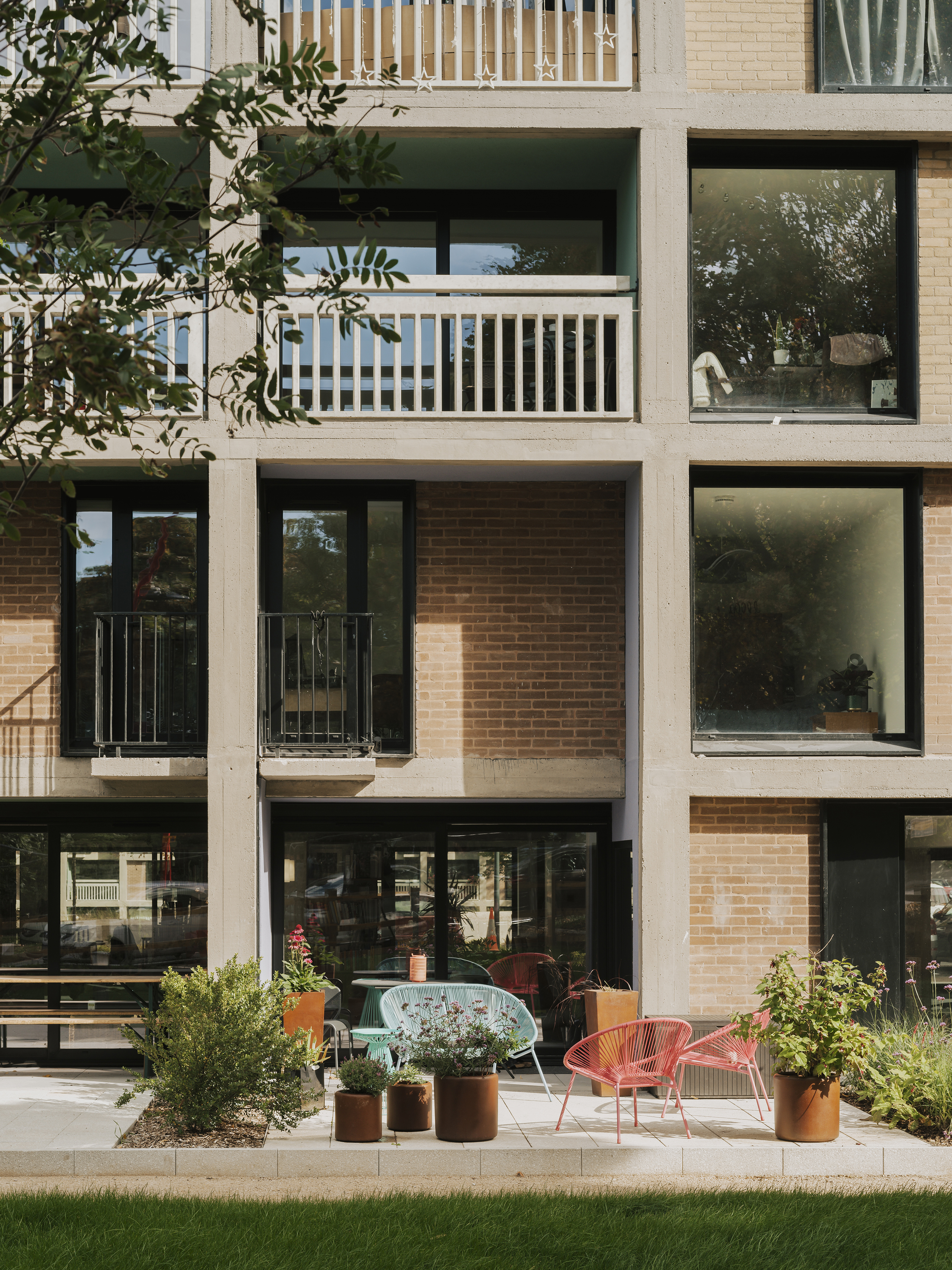
Park Hill is Europe's largest listed structure, sitting on a hill that overlooks Sheffield city centre. This project marks the completion of the ongoing regeneration programme's second phase by Mikhail Riches, which saw internal spaces modernised and the addition of balconies and energy efficiency strategies.
Croft 3
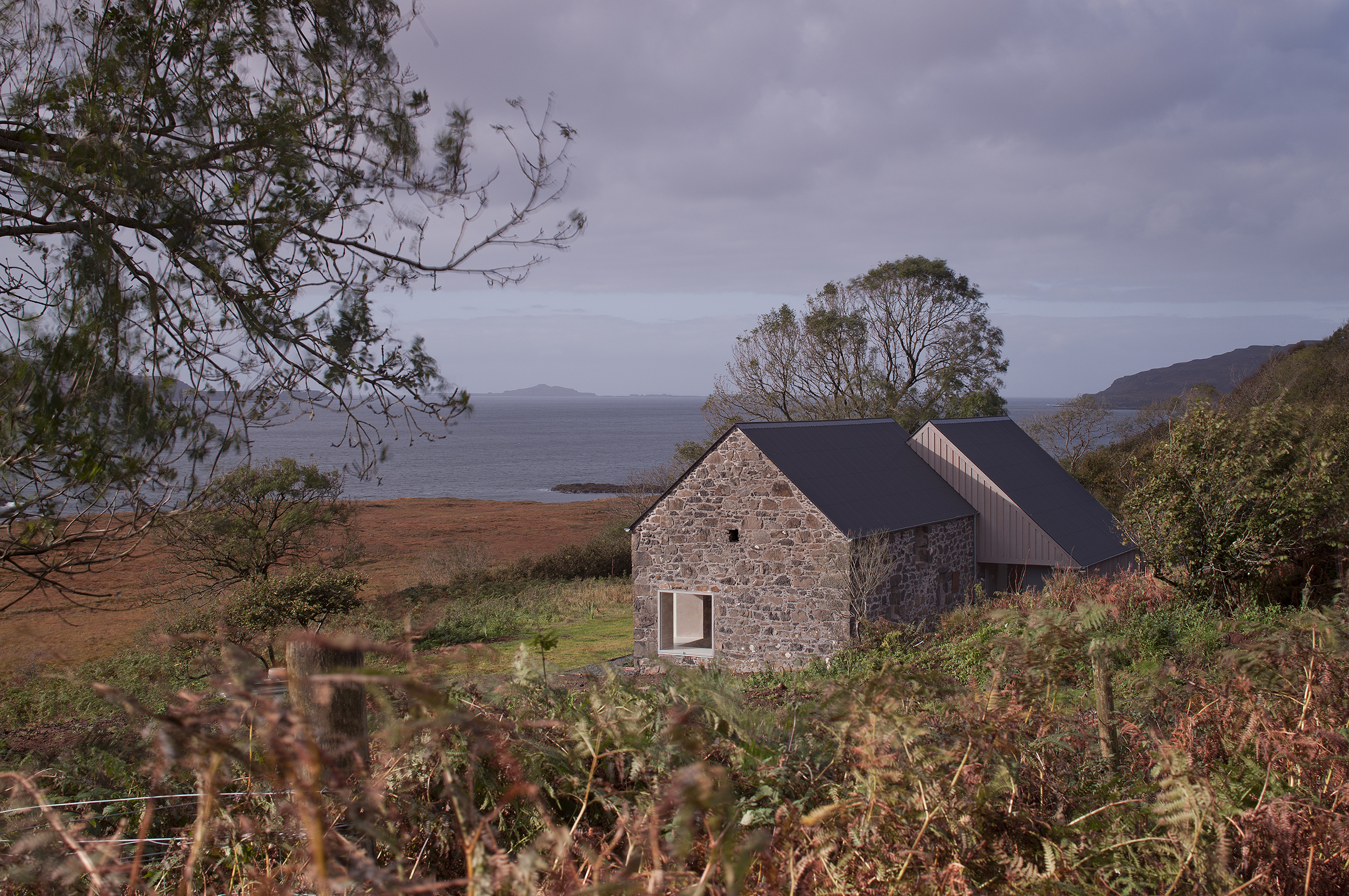
This new community dining hall was born of the transformation of an old barn into a restaurant and social centre on the picturesque hills of the Isle of Mull in the Inner Hebrides, UK. Titled Croft 3, it was created by the emerging London-based architecture studio Fardaa, headed by founding architect Edward Farleigh-Dastmalch.
Shrewsbury Flaxmill Maltings

An existing historic structure in Shrewsbury received a full refurbishment by Feilden Clegg Bradley Studios. The original building is celebrated as the world’s first iron-frame building, nicknamed the ‘grandparent of skyscrapers’. Now it contains a new leisure destination with a visitor centre and café.
The Parcels Building

The building originally on this Oxford Street site in London was an increasingly outdated 1957, mixed-use, office and retail structure in urgent need of reimagining. Now, a refresh by Grafton Architects has completely transformed it with a new façade and vibrant interior programme.
The 2024 RIBA Reinvention Award winner will be announced during the Stirling Prize ceremony on 16 October 2024 in London.
Ellie Stathaki is the Architecture & Environment Director at Wallpaper*. She trained as an architect at the Aristotle University of Thessaloniki in Greece and studied architectural history at the Bartlett in London. Now an established journalist, she has been a member of the Wallpaper* team since 2006, visiting buildings across the globe and interviewing leading architects such as Tadao Ando and Rem Koolhaas. Ellie has also taken part in judging panels, moderated events, curated shows and contributed in books, such as The Contemporary House (Thames & Hudson, 2018), Glenn Sestig Architecture Diary (2020) and House London (2022).
-
 From Rembrandt to Warhol, a Paris exhibition asks: what do artists wear?
From Rembrandt to Warhol, a Paris exhibition asks: what do artists wear?‘The Art of Dressing – Dressing like an Artist’ at Musée du Louvre-Lens inspects the sartorial choices of artists
By Upasana Das
-
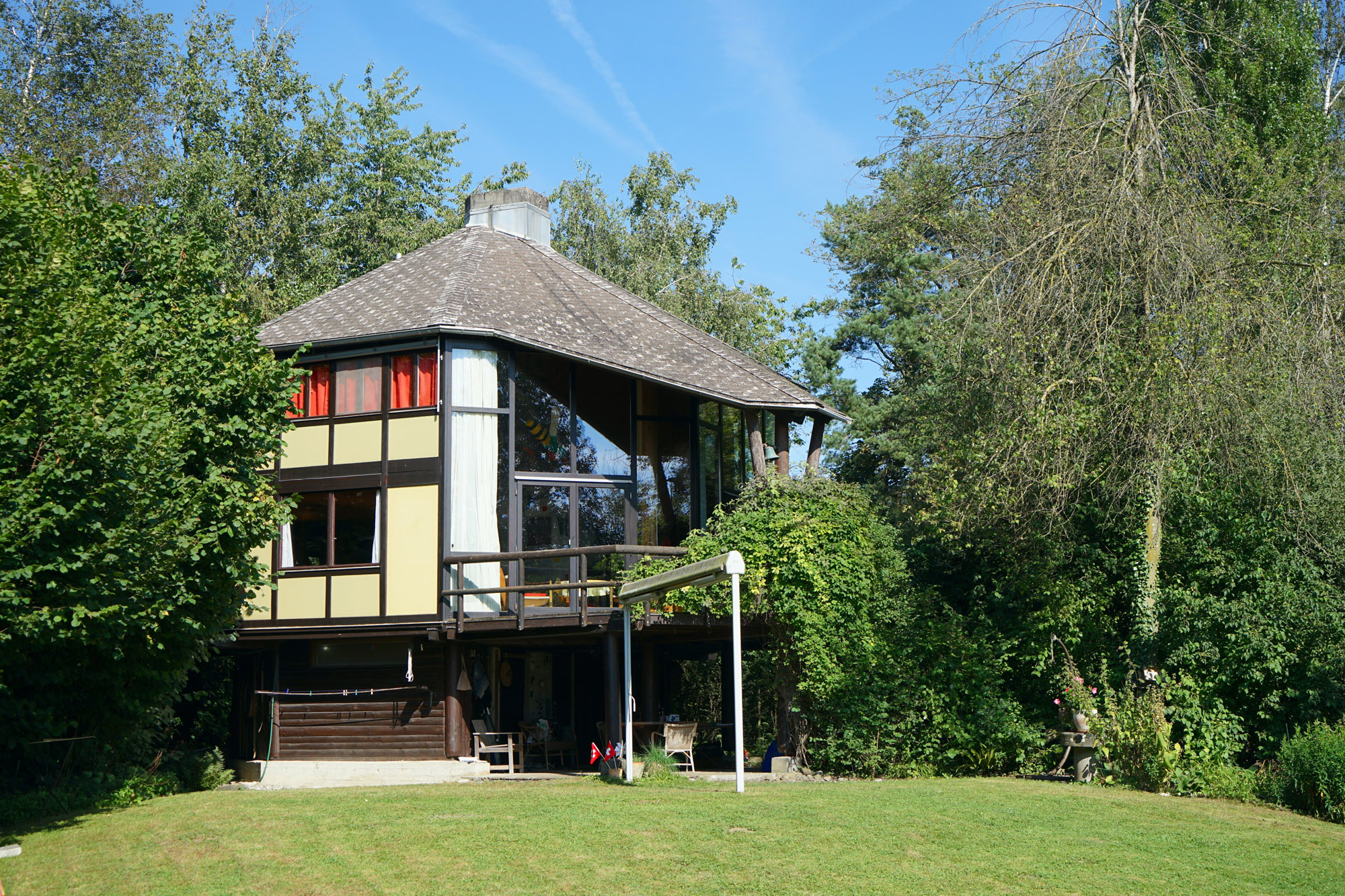 Meet Lisbeth Sachs, the lesser known Swiss modernist architect
Meet Lisbeth Sachs, the lesser known Swiss modernist architectPioneering Lisbeth Sachs is the Swiss architect behind the inspiration for creative collective Annexe’s reimagining of the Swiss pavilion for the Venice Architecture Biennale 2025
By Adam Štěch
-
 A stripped-back elegance defines these timeless watch designs
A stripped-back elegance defines these timeless watch designsWatches from Cartier, Van Cleef & Arpels, Rolex and more speak to universal design codes
By Hannah Silver
-
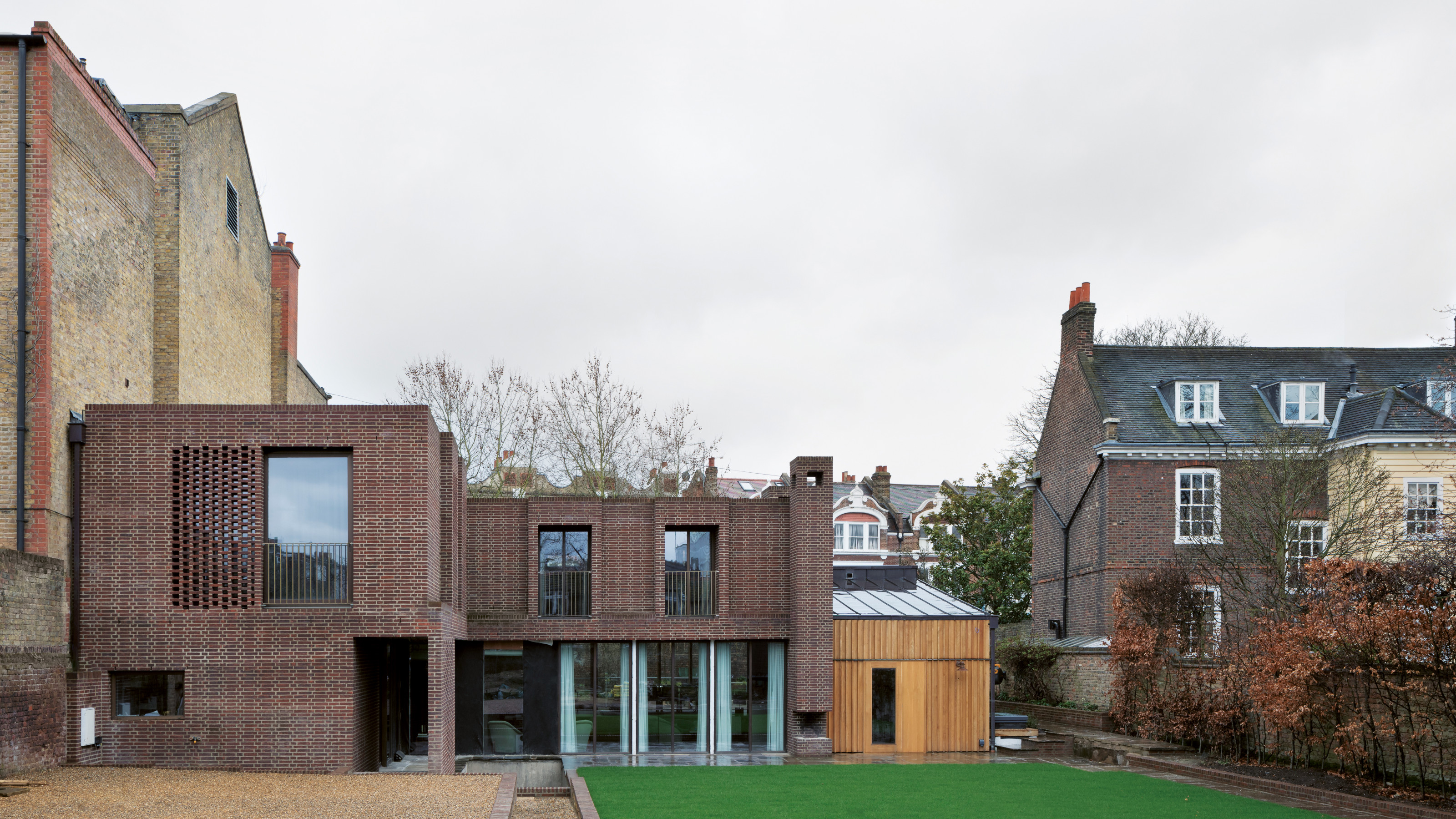 A new London house delights in robust brutalist detailing and diffused light
A new London house delights in robust brutalist detailing and diffused lightLondon's House in a Walled Garden by Henley Halebrown was designed to dovetail in its historic context
By Jonathan Bell
-
 A Sussex beach house boldly reimagines its seaside typology
A Sussex beach house boldly reimagines its seaside typologyA bold and uncompromising Sussex beach house reconfigures the vernacular to maximise coastal views but maintain privacy
By Jonathan Bell
-
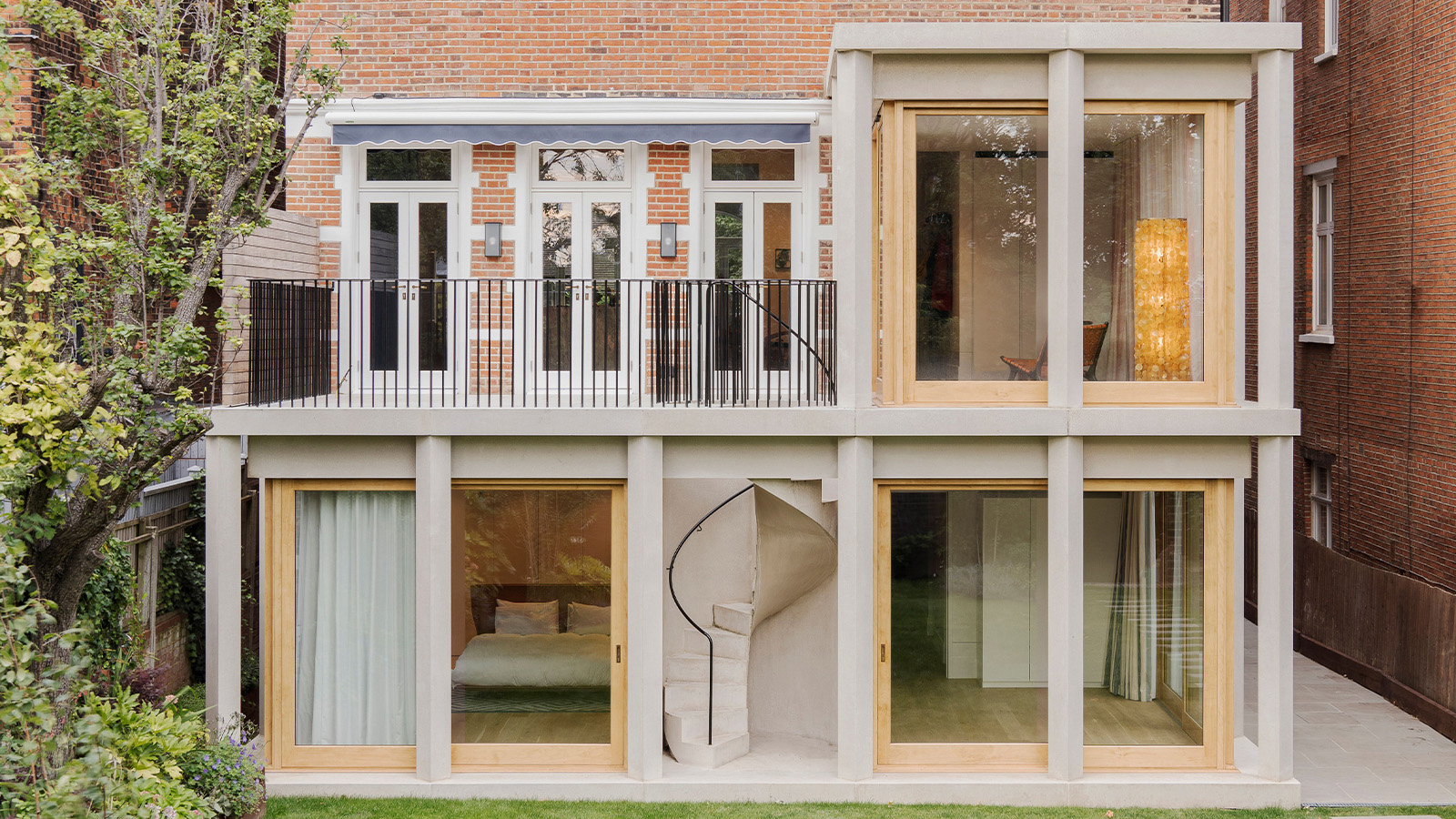 This 19th-century Hampstead house has a raw concrete staircase at its heart
This 19th-century Hampstead house has a raw concrete staircase at its heartThis Hampstead house, designed by Pinzauer and titled Maresfield Gardens, is a London home blending new design and traditional details
By Tianna Williams
-
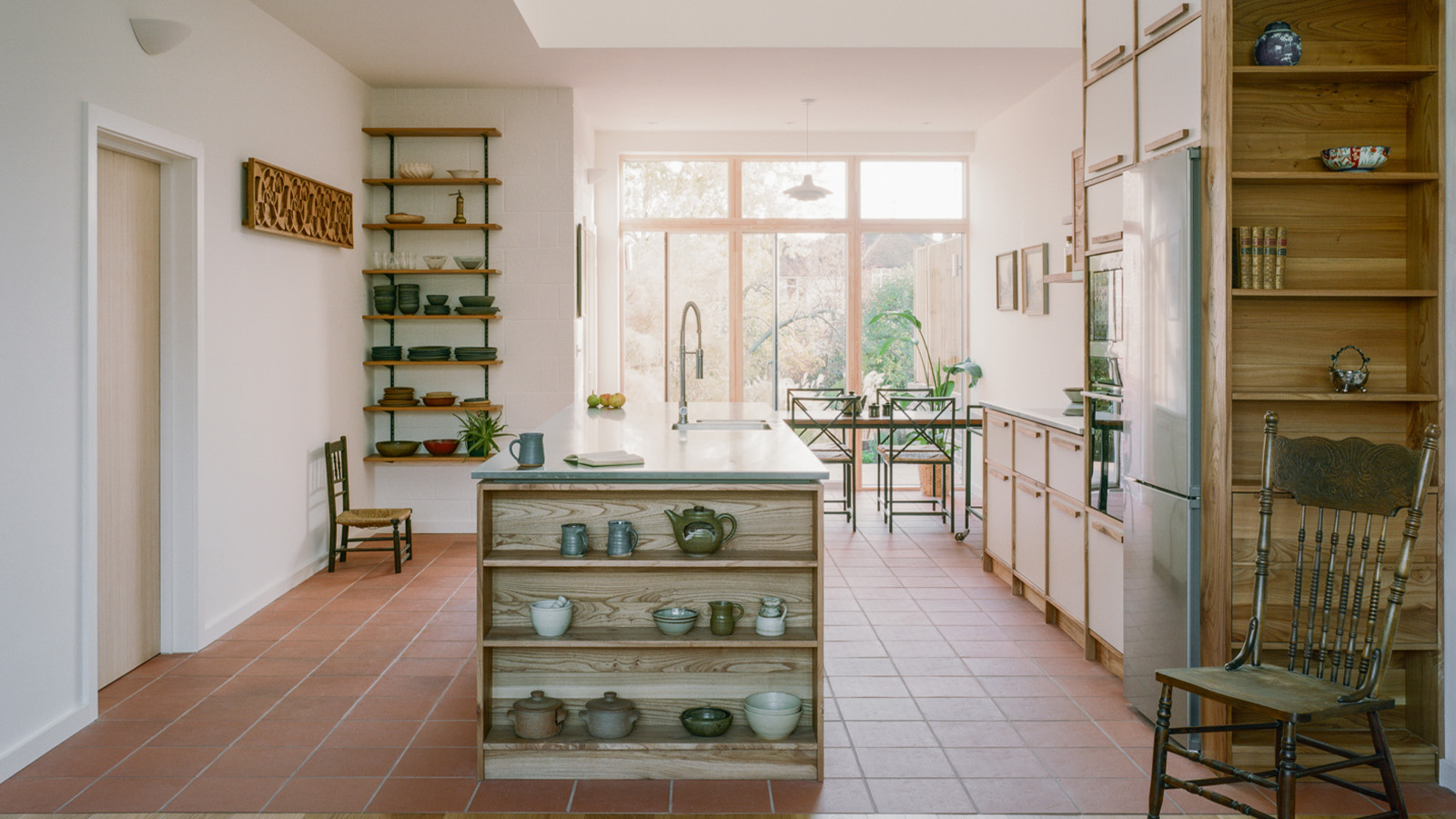 An octogenarian’s north London home is bold with utilitarian authenticity
An octogenarian’s north London home is bold with utilitarian authenticityWoodbury residence is a north London home by Of Architecture, inspired by 20th-century design and rooted in functionality
By Tianna Williams
-
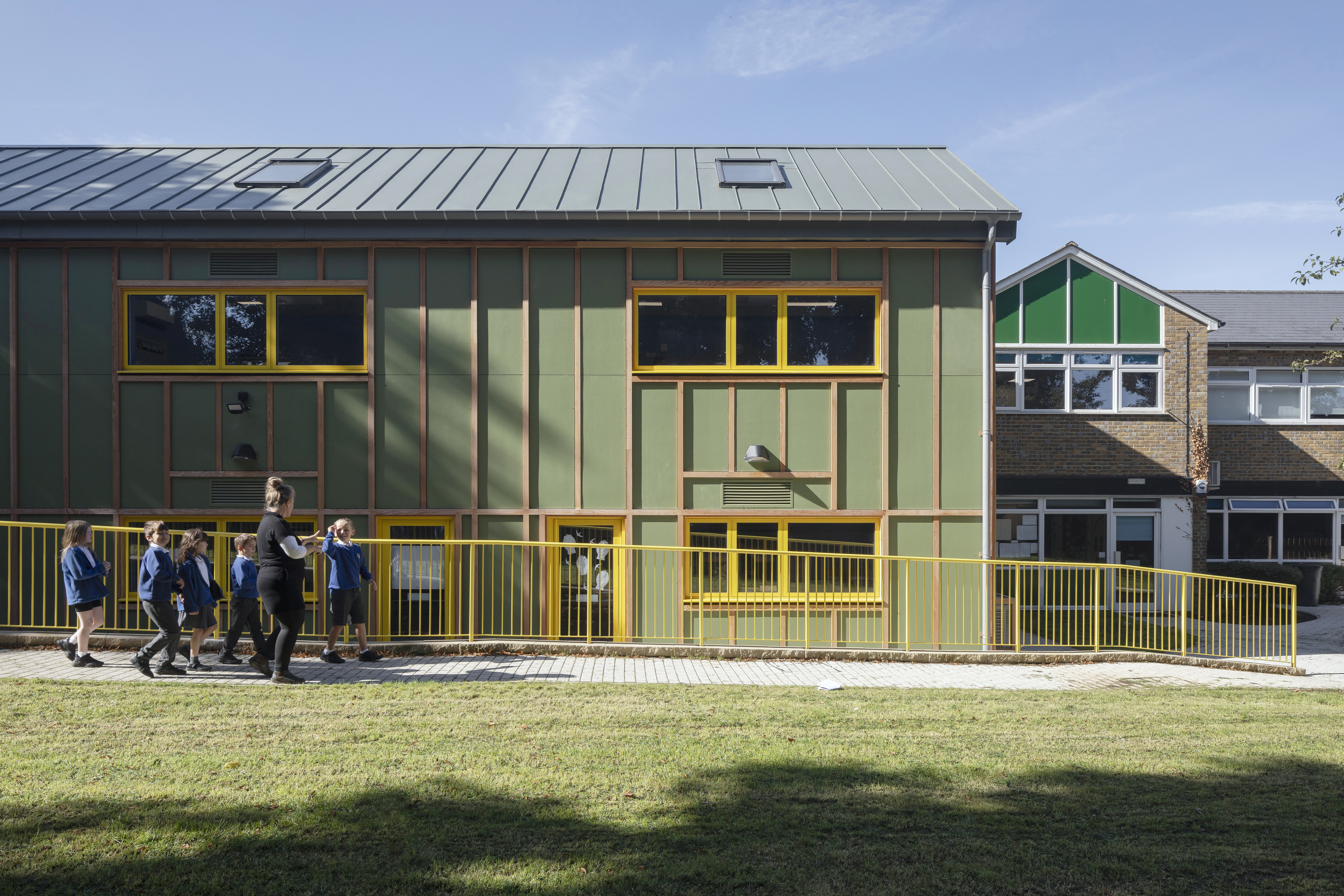 What is DeafSpace and how can it enhance architecture for everyone?
What is DeafSpace and how can it enhance architecture for everyone?DeafSpace learnings can help create profoundly sense-centric architecture; why shouldn't groundbreaking designs also be inclusive?
By Teshome Douglas-Campbell
-
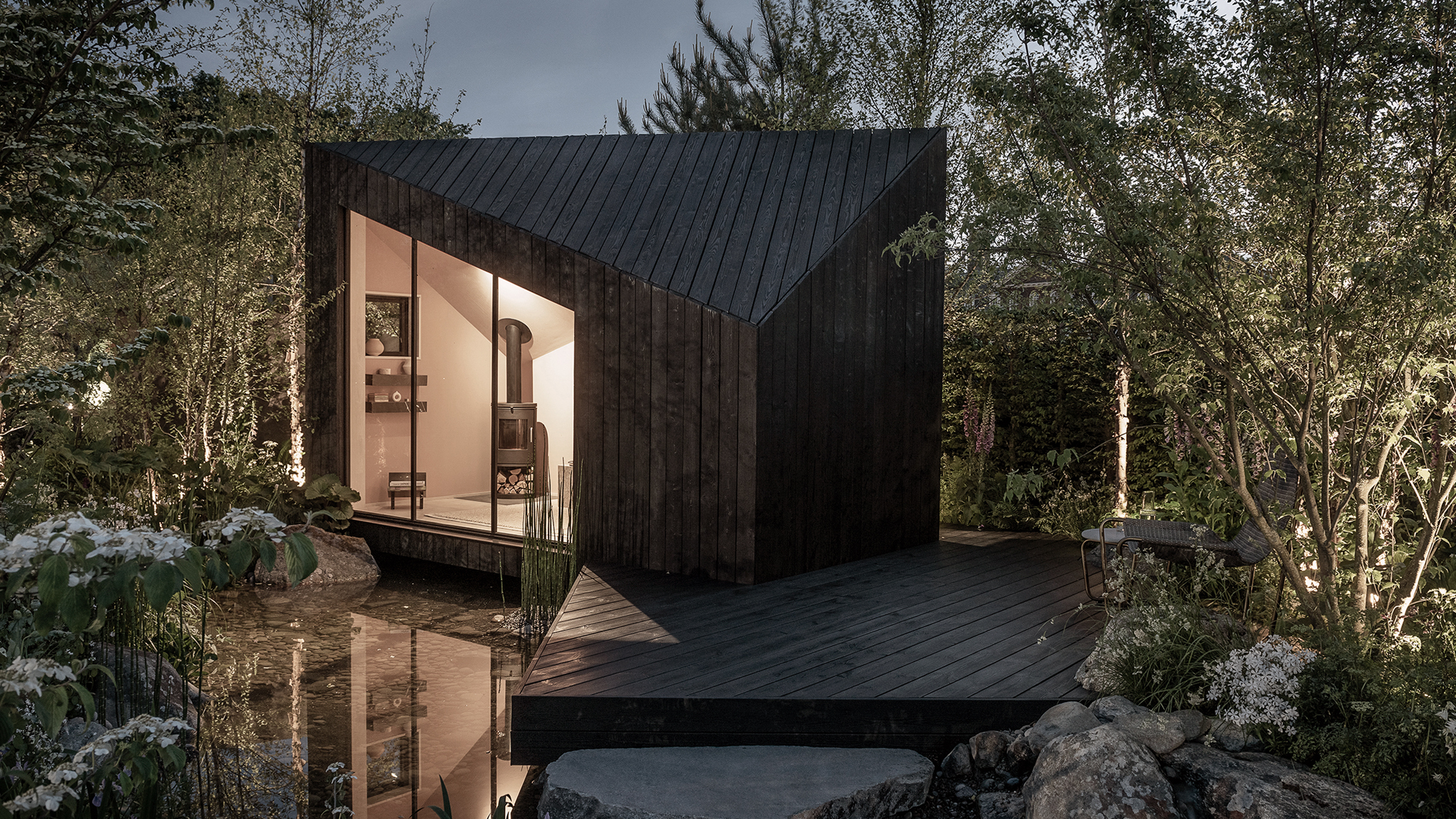 The dream of the flat-pack home continues with this elegant modular cabin design from Koto
The dream of the flat-pack home continues with this elegant modular cabin design from KotoThe Niwa modular cabin series by UK-based Koto architects offers a range of elegant retreats, designed for easy installation and a variety of uses
By Jonathan Bell
-
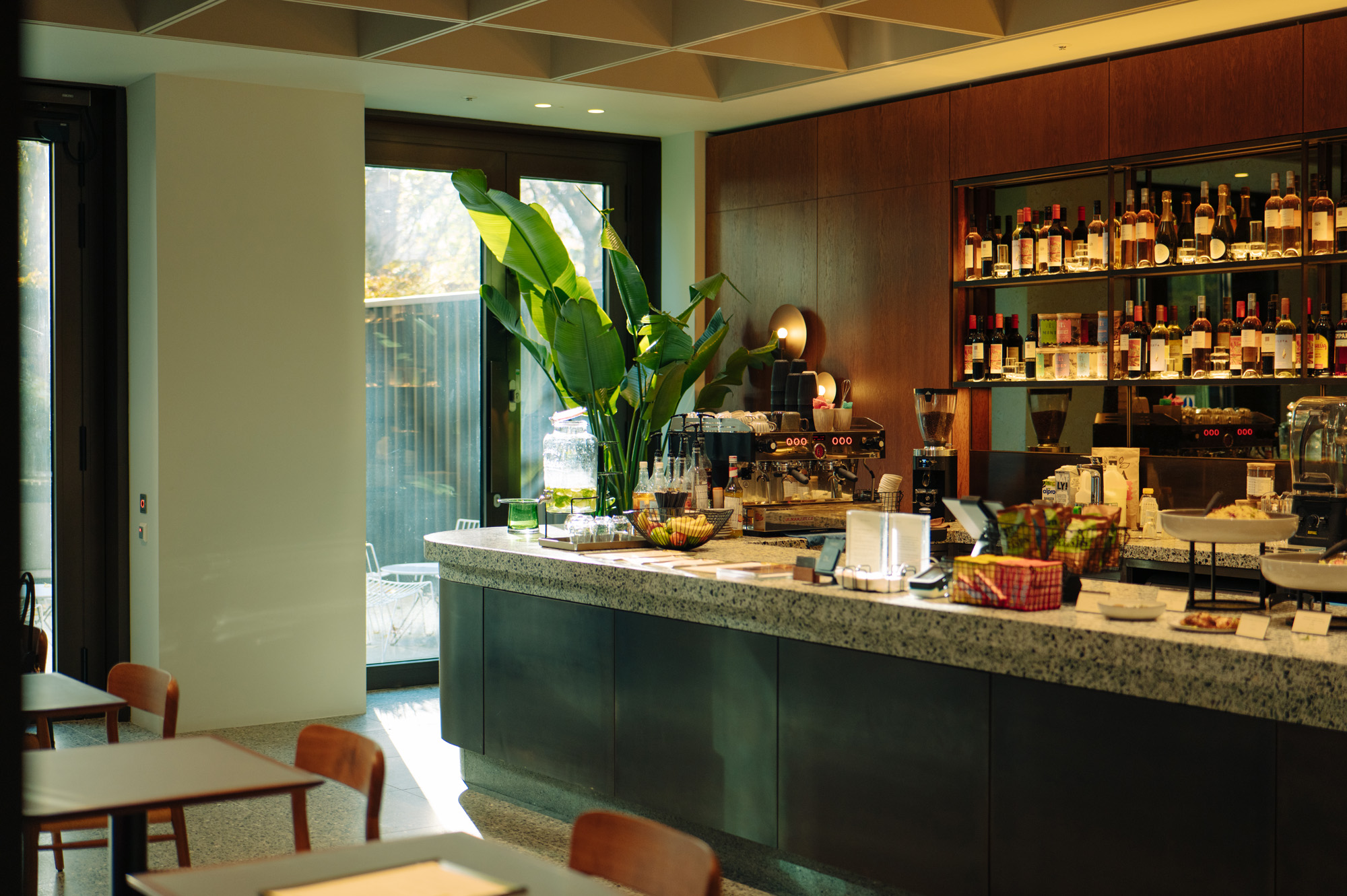 Are Derwent London's new lounges the future of workspace?
Are Derwent London's new lounges the future of workspace?Property developer Derwent London’s new lounges – created for tenants of its offices – work harder to promote community and connection for their users
By Emily Wright
-
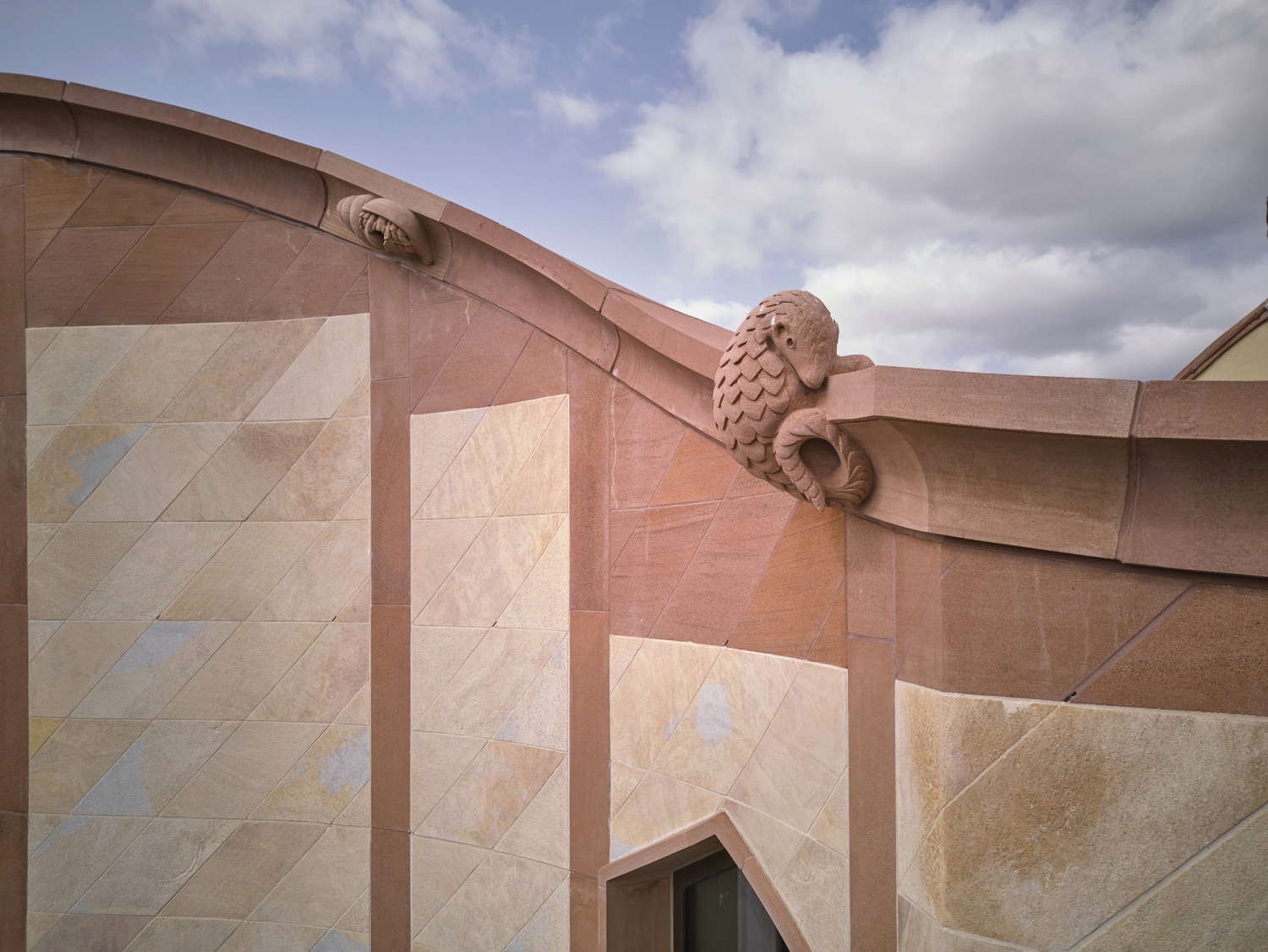 Showing off its gargoyles and curves, The Gradel Quadrangles opens in Oxford
Showing off its gargoyles and curves, The Gradel Quadrangles opens in OxfordThe Gradel Quadrangles, designed by David Kohn Architects, brings a touch of playfulness to Oxford through a modern interpretation of historical architecture
By Shawn Adams